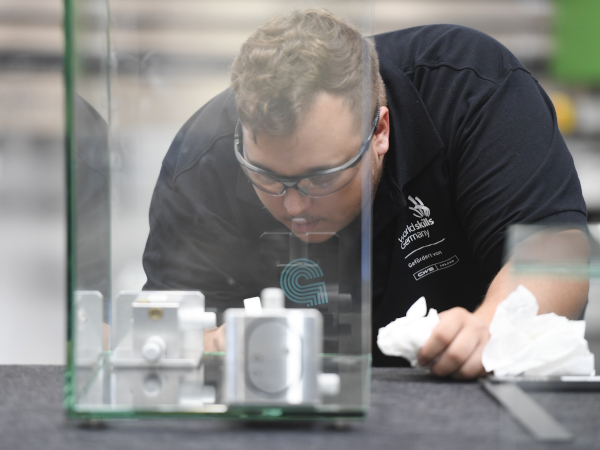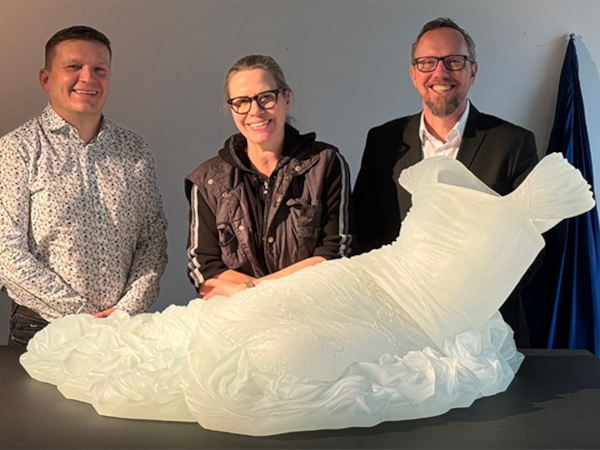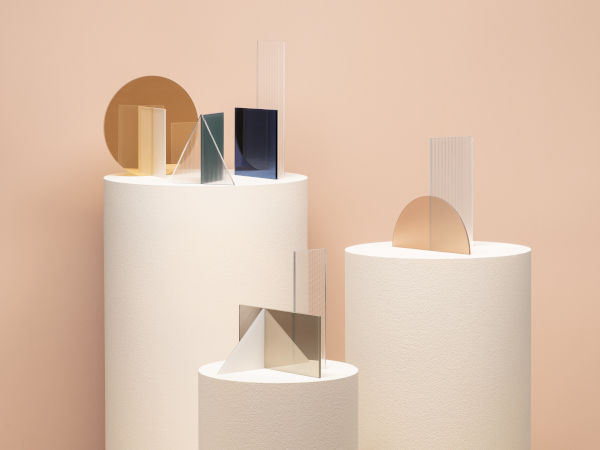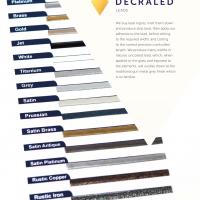Date: 2 January 2008
Q: Your company continues a tradition that dates back centuries. Is there a pressure that comes with the history and reputation of Czech glass?
A: The focus of our glass factory, which specializes in artistic, handmade glass products as well as orders by the piece, shows that we are following a slightly different path than most glass factories in the Czech Republic. We indeed try to follow the best traditions of Czech glass manufacture in our handmade glassware but we also use some rather untraditional production procedures and technologies. We must have been doing something right because we have had interest from some of the most prominent European and international glass designers, such as Dale Chihuly, Bořek Šípek, René Roubícek, Lene Bødker, Hans van Bentem and others. We choose the more difficult but also more interesting methods—in terms of the final look of the product—of shaping the mass of molten glass.
Q: What type of glassware is most popular in the Czech Republic and abroad?
A: If we leave aside decorative glass jewelry, then it is mostly hand- and machine-made table glasses and other decorative table pieces. However, tastes change. Lately people have been showing a lot more interest in unusual lighting concepts and solitary glass objects that form a dominant part of a hotel, bank or office interior.
Q: Can you compare the development of the glass industry during the communist era to its current state?
A: During the communist era, Czech glassware was probably seen in a better light than today. Czech glass was one of the country’s traditional shop windows. Training and education in glass making was well-developed and the profession of glassmaker was respected and prestigious. For example in the Česká Lípa area glassmakers were called ‘the nobles of the region.’ After the fall of communism and with the opening of the markets and competition, the position of Czech glassware became more precarious and faced increasing competition from the East. Today we can say with some certainty that we are following the path of glassmakers in Western Europe, where glass production has seen a great decline and is today generally seen as an unimportant industry.
Q: Can you describe the production process of one of your typical products?
A: The production process of glass pieces is similar for all sorts of glassware. The glassmaker rolls the melted glass in a hot metal tube and creates the basic bulb shape. They then let it cool down a bit and add more glass if needed. By using mostly wooden tools the bulb is shaped into a sort of pre-form that is then inserted into a form and by constant blowing into the tube, the desired shape is formed. Afterwards, it is taken out of the form and cooled down, further glass pieces can be added to it, as desired.
Q: Have you observed any major recent developments in production technologies?
A: Developments in the production technology of glassware are most obvious in machine production. Today, even experts struggle to tell if a table glass has been hand or machine made. There also exist some minor developments in the technologies for handmade production (various mechanical clamps etc.). However, in our case, the priority is still the glassmaker’s craft, their feeling for the glass and artistic creativity.
Q: What are the current design trends in the industry?
A: Design trends in glass production are very similar to trends in fashion and are strongly influenced by them, especially concerning colors, their various combinations and shades. As for the shapes, a trend of maximum simplicity is being applied now. But even here you can say that it has been done before, so a lot of it is retro design or new approaches to classic designs.
Q: Have you ever come across a product request that you were not able to make?
A: I always say that anything can be made of glass. It only depends on the final price and purpose—and of course on the size, thickness and other technical and technological parameters. We are of course limited by the volume of [molten] glass we can physically handle, cooling capacity etc. But otherwise we can make anything you might wish for, such as glass furniture, life-size glass animals and musical instruments.
Q: What would be the most unusual piece that you have ever made?
A: That is a difficult question. As stated above, our range is truly wide. Personally I like to remember the production of a miniature lighthouse in Holland, approximately 1 meter tall, the making of a glass office chair for a German furniture producer, glass totems for a disco in Ibiza or glass horse heads for the presidential palace in Tunisia.
Q: What does it take to be a good glassmaker?
A: One needs to have a great feeling for the glass, artistic feeling and imagination. And of course, most of all, one needs to work hard with a good dose of humility. Unfortunately, as I said before, glass craftsmanship is on an inexorable decline. Everyone wants to be a glassmaker-designer or artist but hardly anybody dares to take up large-scale glass production. On the other hand, there is nothing to be surprised about if we look at the current career possibilities for young glassmakers.









Add new comment